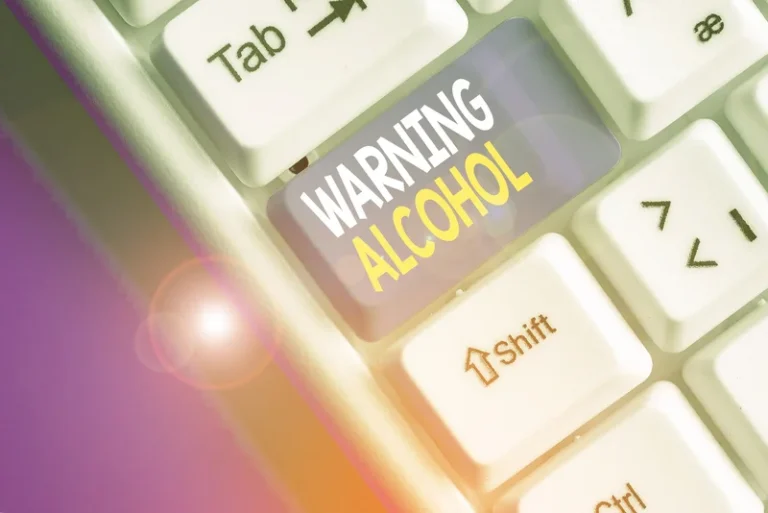
In addition, too much support from children, although well-meaning, may increase older adults’ dependence and reduce their sense of self-efficacy and well-being. Conversely, work colleagues, social contacts at senior centers, and behavioral health service and healthcare providers can be additional sources of emotional support. Mutual-help groups such as AA and NA can provide older adults with a stable source of friendships and enhance the diversity of their social networks. The high prevalence of isolation in older adults who misuse substances can negatively affect cognitive functioning and reduce well-being. Older adults who lack family ties or social networks may find maintaining recovery from substance misuse difficult.
- Strong friendships and neighborhood supports can also be important to older adults.
- It’s especially dangerous because their bodies don’t process drugs as quickly as when they were younger.
- A well-thought-out approach to comprehensive screening and assessment will help you identify older adults with or at risk for substance misuse and related conditions.
- A total score of 3 or higher for women and 4 or higher for men means problematic alcohol use.
Conducting Full Assessments for Substance Misuse
These could easily be dismissed as “just getting older,” but they may point to a more serious underlying issue. Opioid Treatment Program Directory If opioids are causing struggles, this directory helps you find treatment substance abuse in older adults in your state. By rooting your discussion in your love for the person, they might be more open to hearing your concern. The Hazelden Betty Ford Foundation has tips on how to talk to your loved one about addiction.
Promoting Wellness Strategies for Older Adults
This could be because they want to avoid negative interactions or be afraid that taking away their substance may lower their quality of life. Many actions taken based on age can be harmful, even if well-intentioned—like https://ecosoberhouse.com/ not bringing up substance abuse because of a belief that older adults have earned certain indulgences. No one, not even a medical professional, is immune to unconscious biases.

A Day in the Life of Older Adults: Substance Use Facts

Active linkage to and follow-up with community-based resources, such as housing and employment services (when needed); senior centers; and fitness, health, and wellness services for older adults. Addresses ways to build structure into daily routines to support clients’ ability to manage symptoms while emphasizing recovery and wellness activities (e.g., take medication as scheduled, have lunch with a friend, attend AA meetings or other support groups). Identify a specific target behavior that the client is willing to explore (e.g., attending an educational session about the health risks of medication misuse for older adults or calling the local senior center to find out about a tai chi class). The more specific the target behavior, the more likely you and the older ***** will be able to work together toward achieving the client’s change goal. Indeed, recent projections show that by 2020, substance use disorders among adults over age 50 will increase to 5.7 million, up from 2.8 million in 2006. The rise in use of alcohol and drugs, says Lehmann, is in large part attributed to baby boomers — those born between 1946 and 1964.
- The quiet epidemic of addiction among older adults is a growing concern that challenges our preconceptions about aging and forces us to reconsider how we care for our elders.
- Active linkage to and follow-up with community-based resources, such as housing and employment services (when needed); senior centers; and fitness, health, and wellness services for older adults.
If You’re a Medical Professional
You should start with treatment planning, and then either give the treatment or refer to an outside provider if your program cannot provide the services or level of care the client needs. Although rare, age-specific treatment settings and programs may provide the most effective care for older clients. Keep in mind that DSM-5 criteria should be interpreted in an age-appropriate manner.

Symptoms of Substance Abuse

- This trend concerns family members of older Americans, as well as healthcare providers and social workers who work with this vulnerable population.
- Family members often provide most of an older *****’s basic social support.
- Whereas Neuro-Psychiatric Diseases can be seen highest in the state of Mizoram (2.35%).